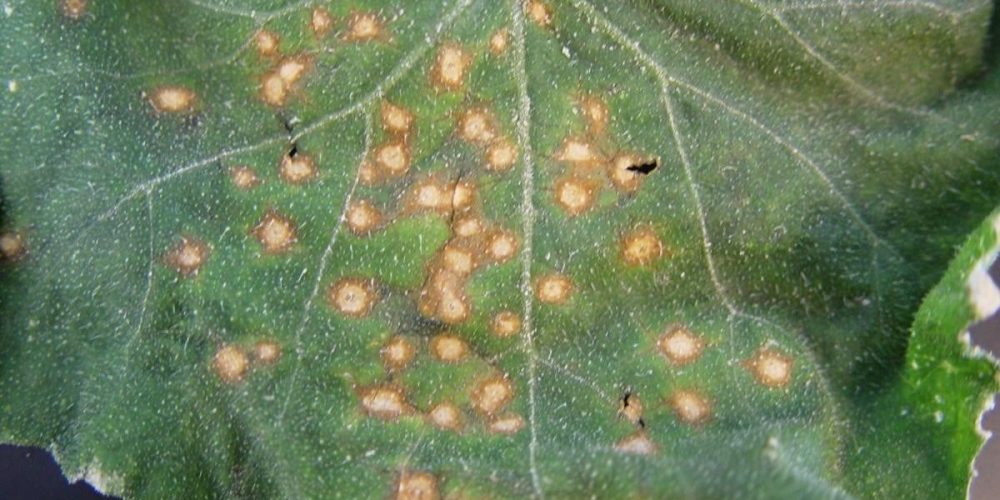Table of contents of the article
ToggleCucumber white blight is a fungal disease that causes white spots to appear on the leaves, affecting the plant's health and productivity. In this article on your website, World of Plants, we will review the symptoms of this disease and ways to combat it to preserve the cucumber crop.
Symptoms of white blight on cucumber
English name: Downy Mildew
Scientific name: Pseudoperonospora cubensis
Type of disease: fungal
Family: Peronosporaceae
White blight initially appears as irregular yellow areas on the upper surface of cucumber leaves. As the disease progresses, these areas turn yellow to greenish-black. In humid conditions, there may be gray growth on the underside of affected leaves. Severely infected leaves may also become necrotic and fall from the plant.
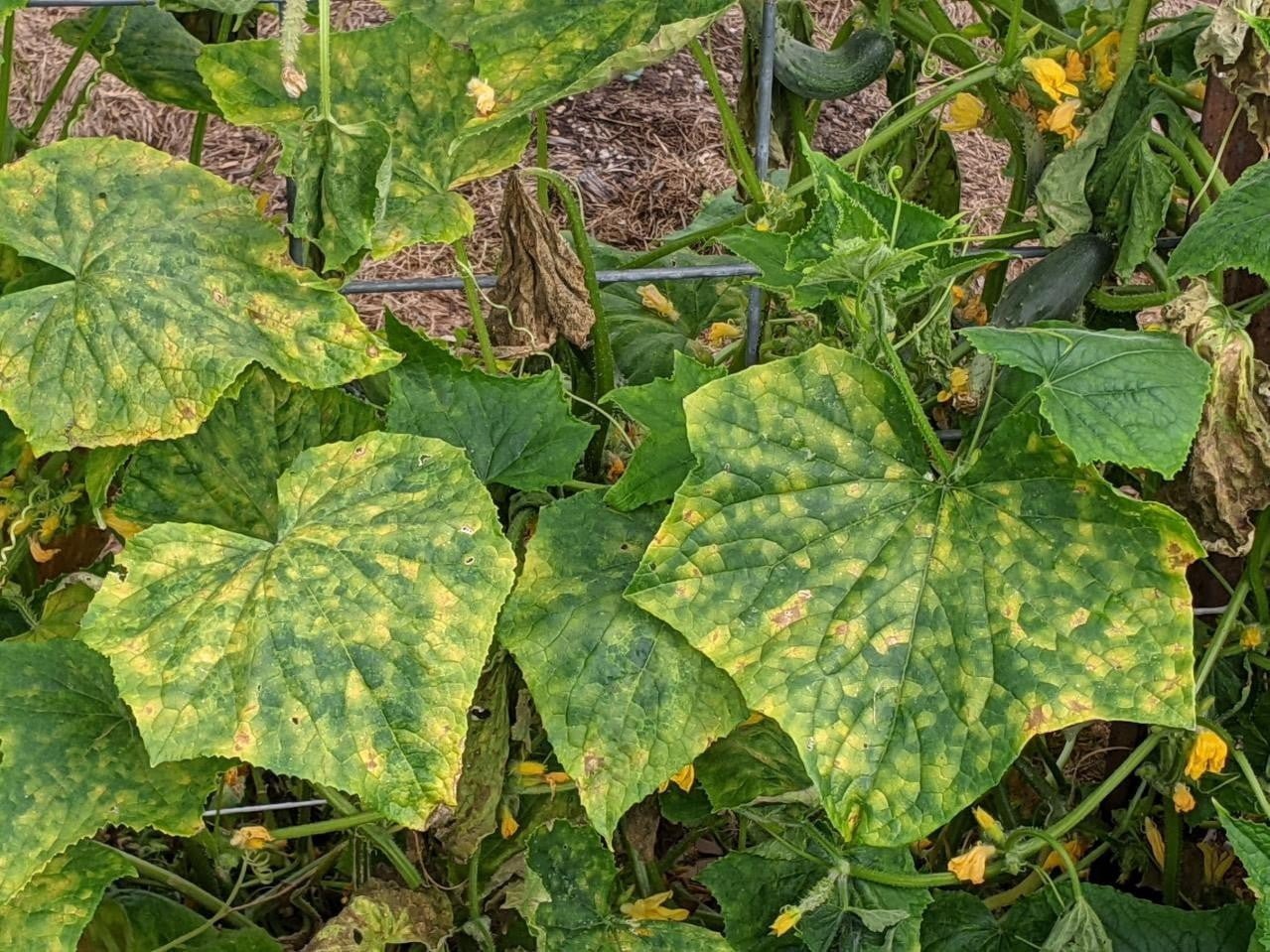
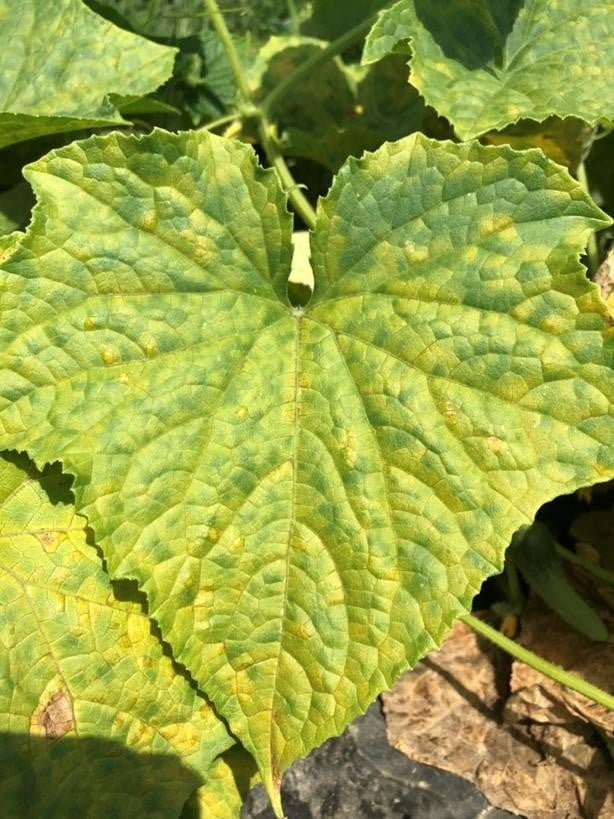
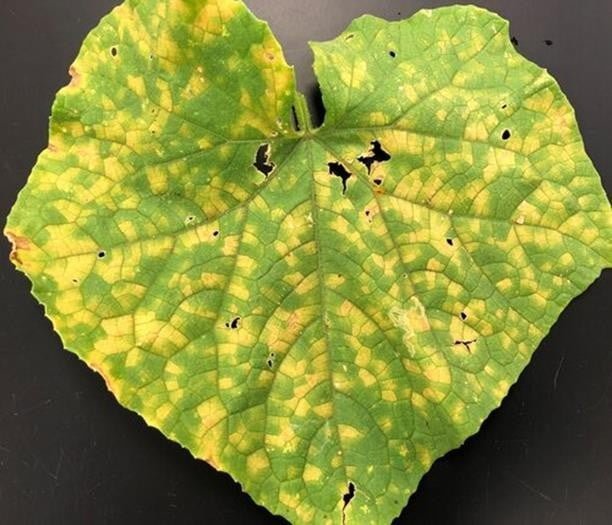
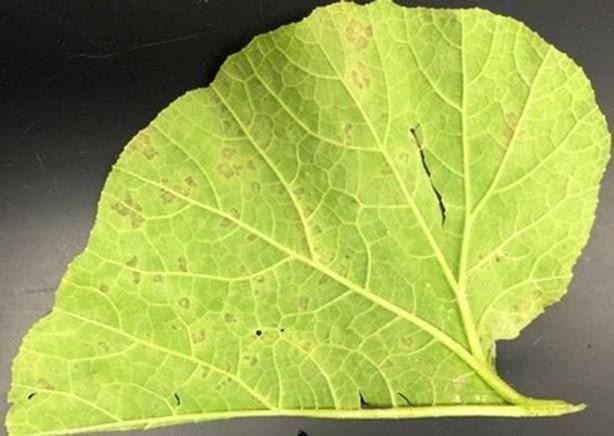
Causes of white blight on cucumber
This disease is caused by the fungal pathogen Pseudoperonospora cubensis and is spread by airborne petals, seeds or contaminated plant debris.
Suitable conditions for the spread of white blight on cucumbers
White blight is common in cool (59-68°F) and humid climates, with periods of leaf wetness. The disease spreads rapidly under these conditions by wind-borne pathogens.
Cucumber white blight disease cycle
The pathogen thrives in contaminated crop residues or harmful hosts. In the spring, petioles are produced and spread by wind to cucurbit crops. Under favorable conditions, multiple cycles of the disease occur during the growing season.
White blight losses on cucumbers
White blight can cause severe leaf stripping, resulting in sunburn, reduced yields and poor fruit quality. Yield losses may reach 50%.
Strategies to control white blight on cucumbers
An integrated approach using resistant varieties, fungicides, crop residue removal, and proper spacing for air flow is recommended.
Preventive measures:
Use disease-free seeds/seedlings, rotate crops, manage moisture, and eliminate harmful hosts.
Organic/chemical control:
Copper-based fungicides are effective in controlling white blight organically. Conventional fungicides such as chlorothalonil, mancozeb and pathogen-targeted fungicides are also effective.
Organic options include sulfur, potassium bicarbonate, and oils. Conventional fungicides such as myclobutanil, trifloxystrobin, and tebuconazole can also be used.
In conclusion, we would like to note that we, at the world of plants website, offer you all the necessary services in the world of plants, we provide all farmers and those interested in plants with three main services::-
- Artificial intelligence consulting service to help you identify diseases that affect plants and how to deal with them.
- Blog about plants, plant diseases and care of various crops ... You are currently browsing one of her articles right now.
- An application that provides agricultural consultations to clients, as well as a service for imaging diseases and knowing their treatment for free – Click to download the Android version from Google Play Store، Click to download the IOS version from the Apple App Store.




